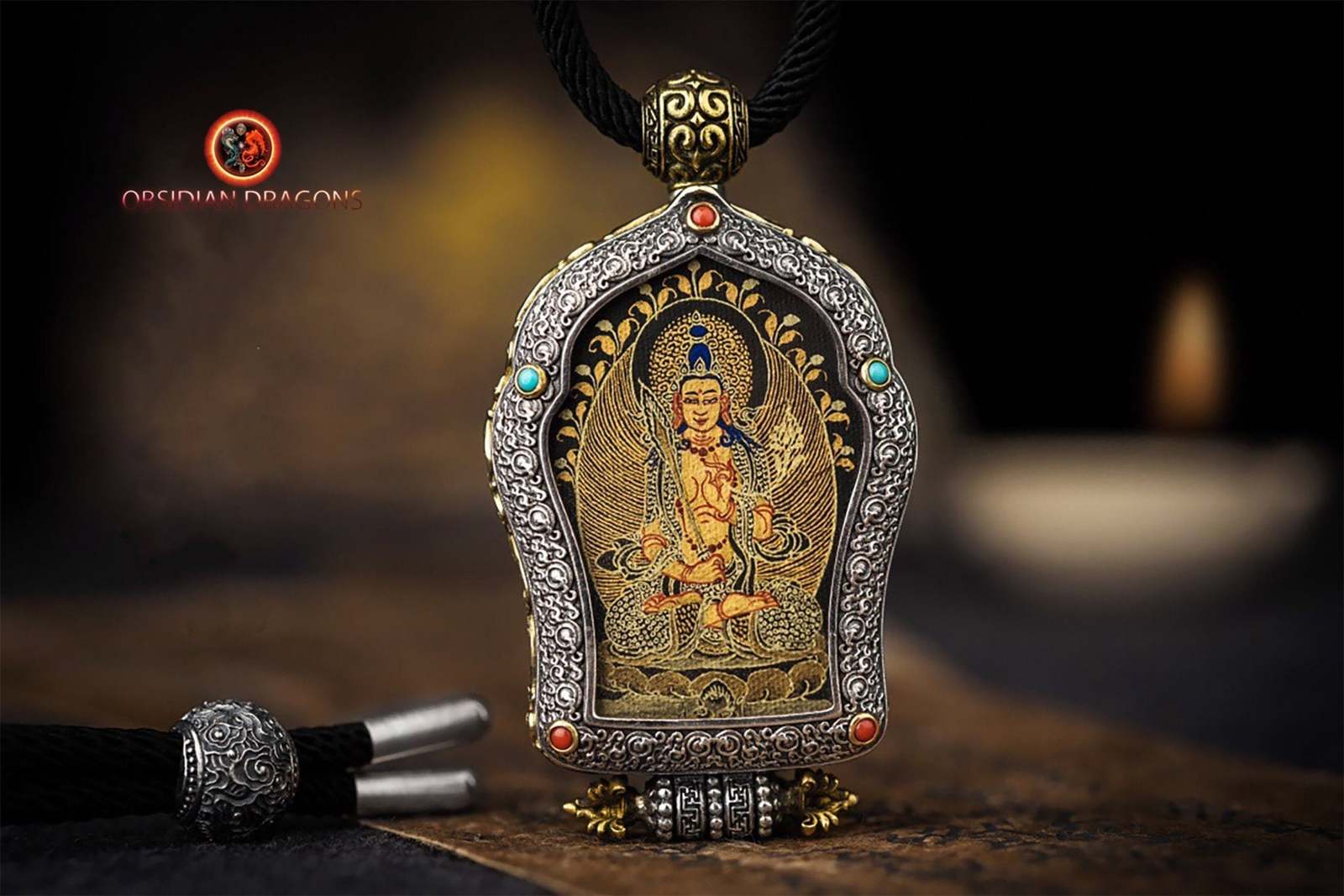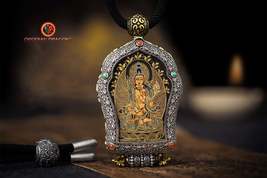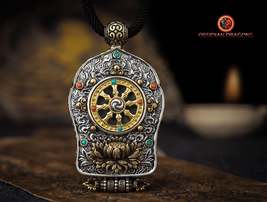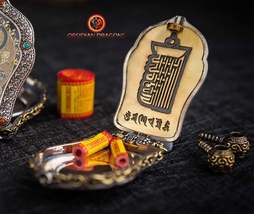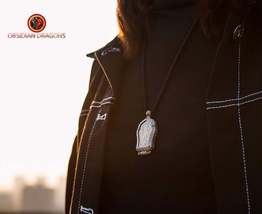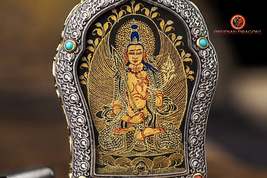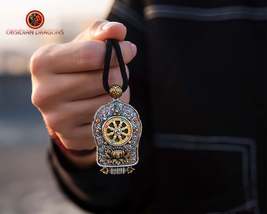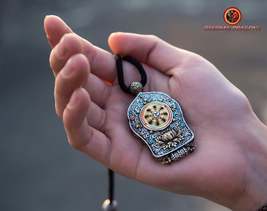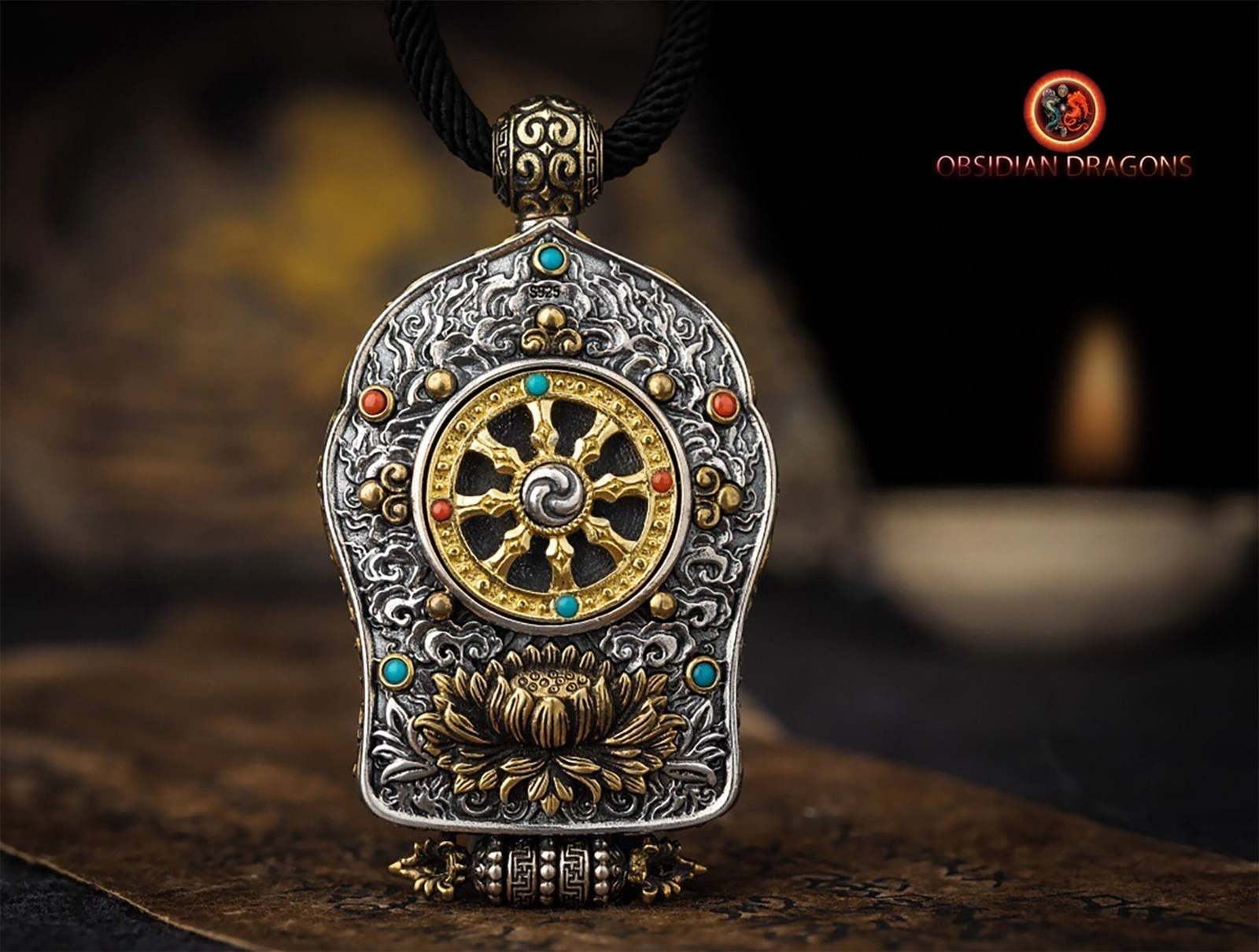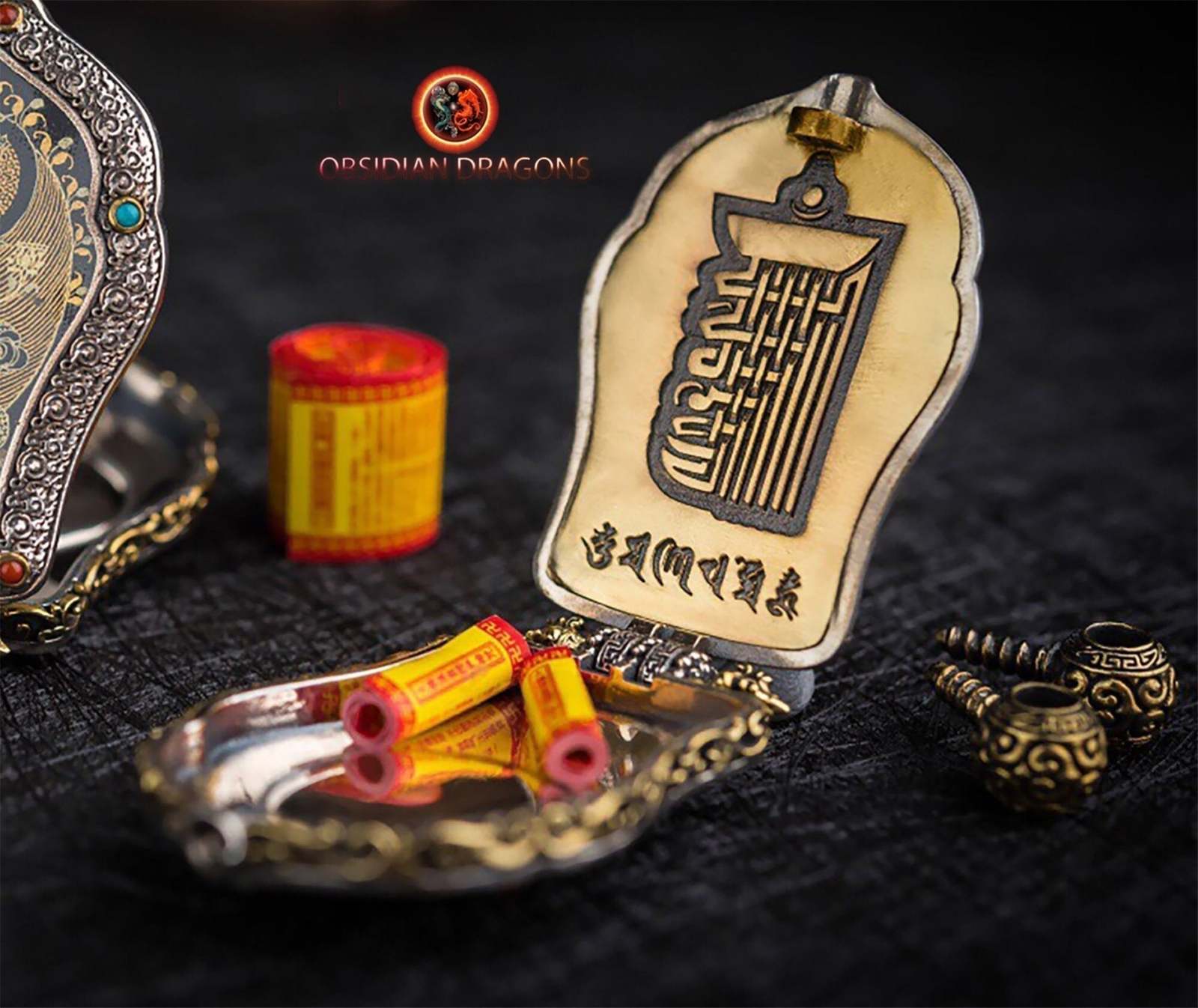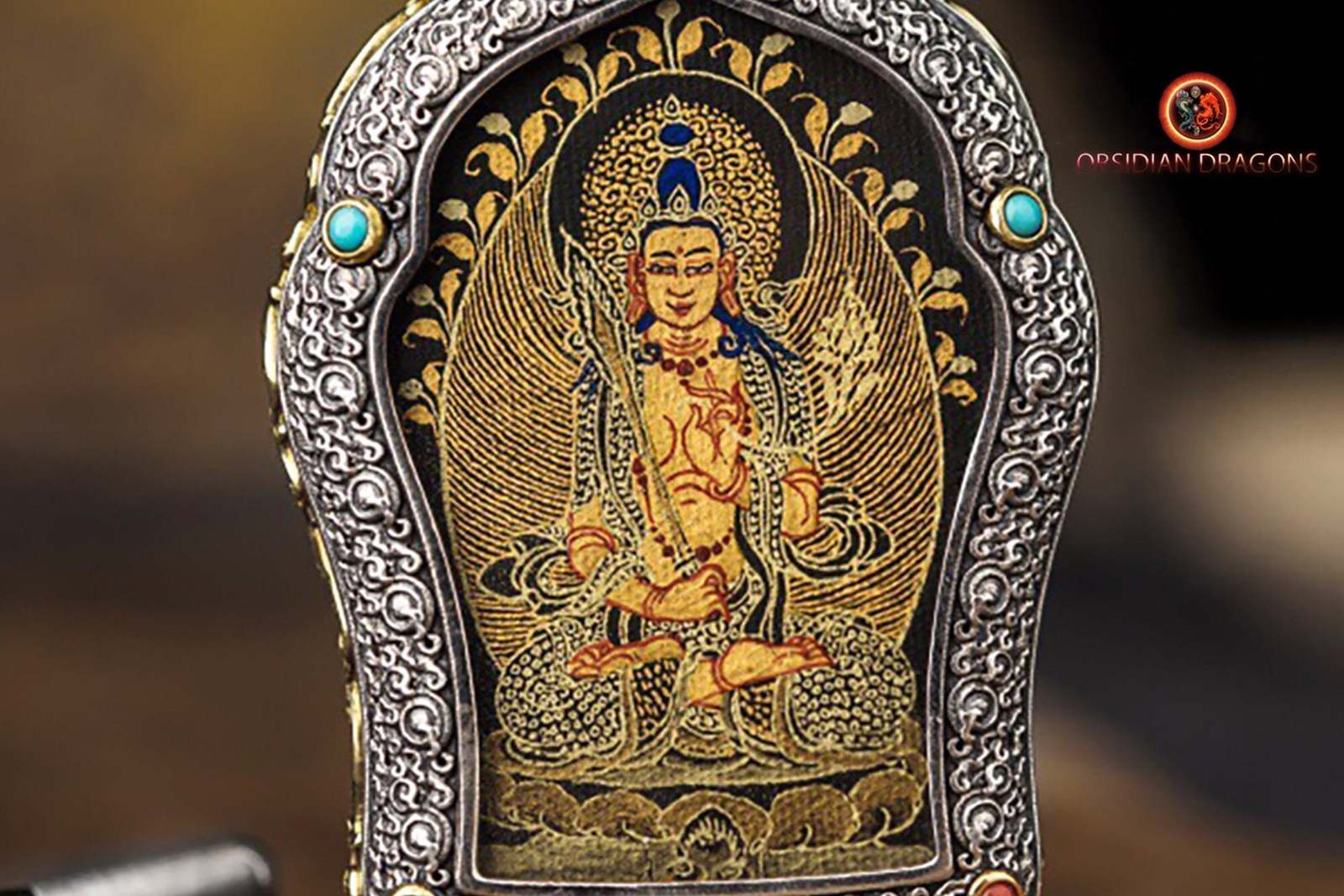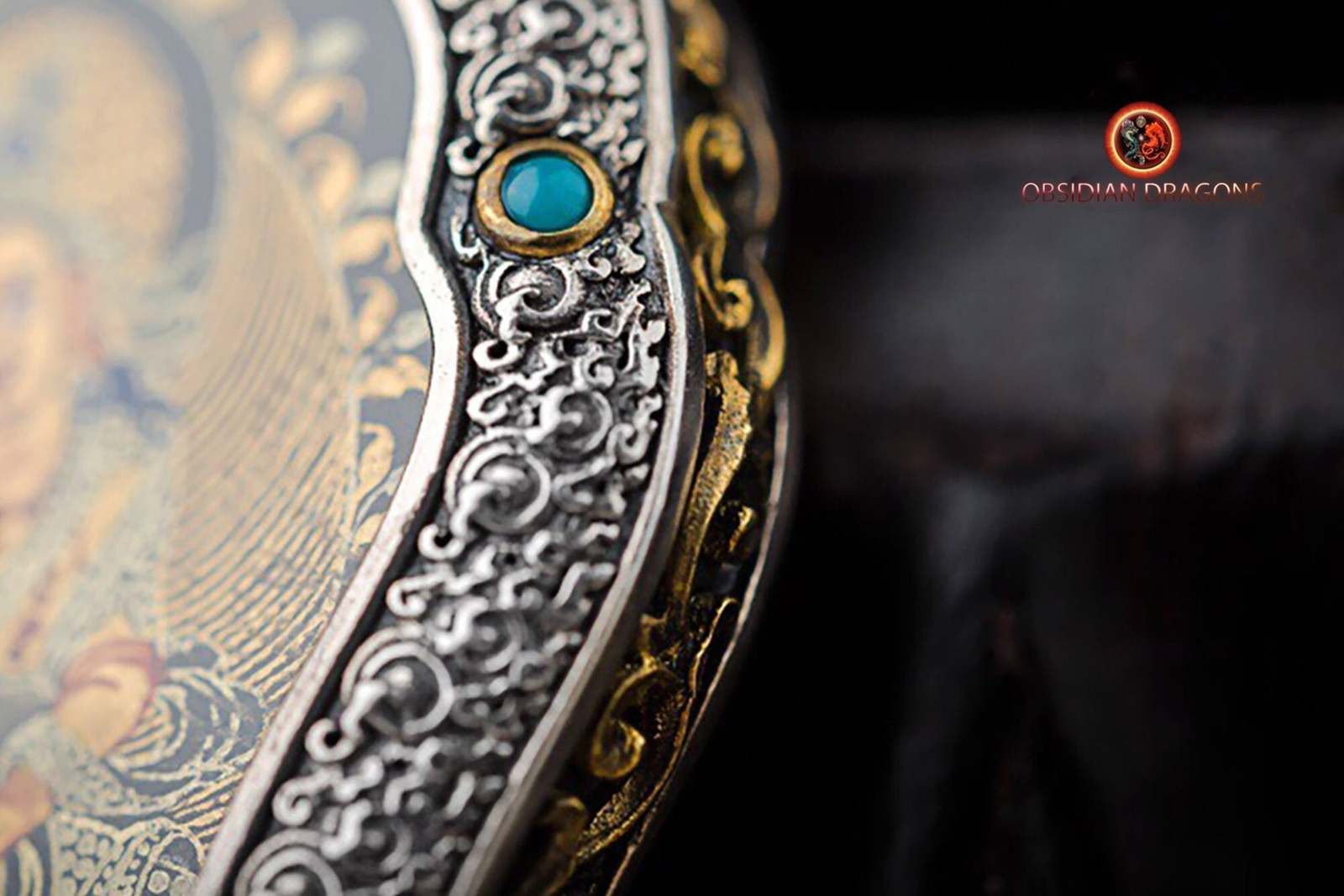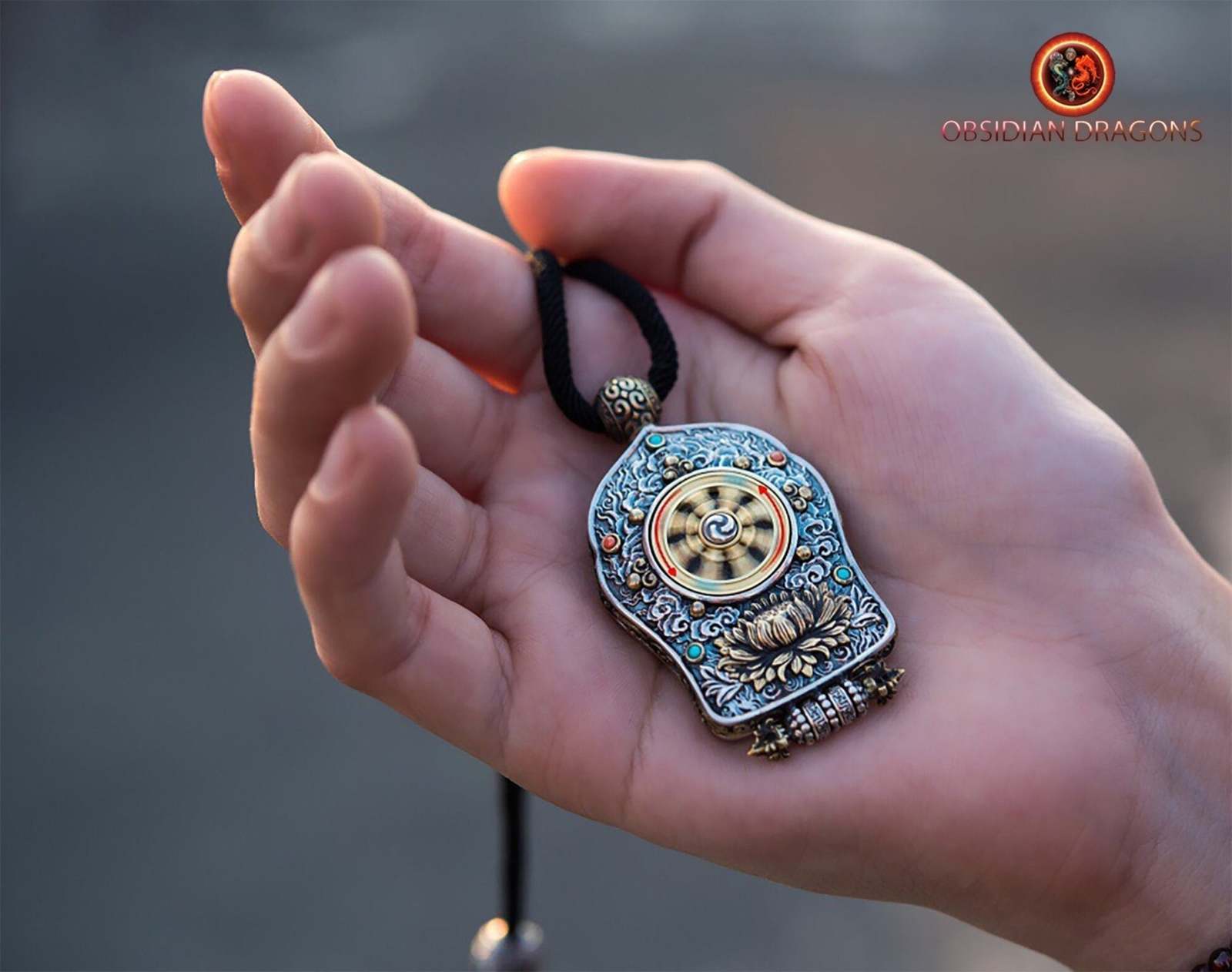Rendered at 10:24:34 04/28/25
Free Shipping
Buddha pendant. Akashagarbha bodhisattva. Ghau, Tibetan protection amulet
£639.99 GBP
Ships from
China

Shipping options
Offer policy
OBO - Seller accepts offers on this item.
Details
Return policy
Full refund available for DOAs
Purchase protection
Payment options
PayPal accepted
PayPal Credit accepted
Venmo accepted
PayPal, MasterCard, Visa, Discover, and American Express accepted
Maestro accepted
Amazon Pay accepted
Nuvei accepted
Shipping options
Offer policy
OBO - Seller accepts offers on this item.
Details
Return policy
Full refund available for DOAs
Purchase protection
Payment options
PayPal accepted
PayPal Credit accepted
Venmo accepted
PayPal, MasterCard, Visa, Discover, and American Express accepted
Maestro accepted
Amazon Pay accepted
Nuvei accepted
Item traits
| Category: | |
|---|---|
| Quantity Available: |
2 in stock |
| Condition: |
Unspecified by seller, may be new. |
| Type: |
Pendant |
Listing details
| Seller policies: | |
|---|---|
| Shipping discount: |
No combined shipping offered |
| Posted for sale: |
More than a week ago |
| Item number: |
1498004920 |
Item description
GHAU
The ghau is a kind of portable altar in which the image of the possessor's chosen deity is kept, wrapped in silken garments. The vast majority of Tibetans use ghau at home and carry it on their travels. They keep it on a real altar at home. When traveling, it is attached to the back belt. It serves as a protective symbol during travels and also allows its owner to prove his devotion to his deity.
Piece entirely handmade and artisanal.
Ghau dimension: 53.5/ 30.2/ 10.3mm
925 silver, Gold, Copper,
Turquoise from Hubei province. Agate called nan hong (southern red), baoshan deposit in Yunnan province. Exclusively Chinese mineral, this agate called nan hong (southern red) gets its very particular color from its link with the cinnabar on the deposits. Places of deposits (volcanic) Yunnan region baoshan site, Sichuan Liangshan site for the two unique deposits
Entirely natural stones, As a gemologist graduated from the National Institute of Gemmology in Paris, all our stones are appraised and certified.
Rotating Buddhist wheel of life. On the back is designed a rotating Buddhist wheel of life thanks to a German high-precision ball bearing, as shown in this generalist video concerning this entire collection
Genuine traditional Tangka Regong The tangka is painted at the temple of Longwu, also called Wutun.
Tibetan lamasery located in the Tibetan prefecture of Rebkong, province of Amdo, called Huangnan in the province of Qinghai in China and is 186 km from Xining.
Renowned center of Tibetan thangka painting. The Regong arts were inscribed in 2009 on the representative list of the intangible cultural heritage of humanity. The colors of this tangka are made of pure gold and crushed minerals.
The protective windows are made of leuco sapphire like high-end watches.
Sold with an adjustable cord, 925 silver extension adaptable to all sizes.
BODHISATTVA AKASHAGARBHA
Akashagarbha is the protector of people born under the sign of the Ox and the Tiger.
He is one of the Eight Great Bodhisattvas of Vajrayana. and one of the thirteen Buddhas of the Japanese Shingon tantric school. Its name is a form of ?k??a, “unlimited space”, and garbha, “matrix”. invoked to develop wisdom. His cult has been maintained mainly in Japan.
?k??agarbha represents the essence of ether and belongs to the mandalas of the ratna (jewel) family. According to the Akashagarbha Sutra, it is prayed towards the east while waiting for dawn (aru?a) which is its manifestation. The moon, sun and stars are also said to be its manifestations.
Given that part of his name can have the meaning of "sky", some have proposed to see a celestial or stellar deity at the origin of the
bodhisattva. This bodhisattva is associated with a memory-enhancing ritual described in the Bodhisattva ?k??agarbha Sutra which was introduced to Japan during the Nara period (645-794). Even today, many people recite his mantra in the hope of revitalizing a failing memory.
On the island of Honshu, children used to pay homage to Kokuzo on their thirteenth birthday to request the improvement of their intellectual abilities. We also pray to ?k??agarbha to obtain manual skill; he is considered the patron saint of craftsmen.
Apart from its utilitarian aspects, Kok?zo's mantra also has a spiritual effect. It is recited to develop wisdom. Kukai, founder of Shingon Buddhism, made several times his particular asceticism, "the Goumanji" ritual of 100 days consisting in repeating the mantra a million times in isolation.
At the end of the 10th, it is said that the dawn star, symbolized by the
bodhisattva, descended to merge with him, bringing him enlightenment. Last on the list of Thirteen Buddhas of the True Word stream, ?k??agarbha also closes the cycle of funeral rituals by presiding over the last commemorative ceremony 32 years after the death. ?k??agarbha also has some significance in Nichiren Buddhism.
The Seicho-ji (Kiyosumi-dera), temple where the founder of the current studied, was
built around a statue of this bodhisattva. According to the Gosho, a collection of his writings, Nichiren saw Kokuzo one day appear before him and then change into an old monk who gave him a pearl of wisdom.
RefAAA
Added to your wish list!
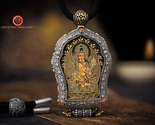
- Buddha pendant. Akashagarbha bodhisattva. Ghau, Tibetan protection amulet
- 2 in stock
- Price negotiable
- Handling time 5 days.
- Returns/refunds accepted
Get an item reminder
We'll email you a link to your item now and follow up with a single reminder (if you'd like one). That's it! No spam, no hassle.
Already have an account?
Log in and add this item to your wish list.


